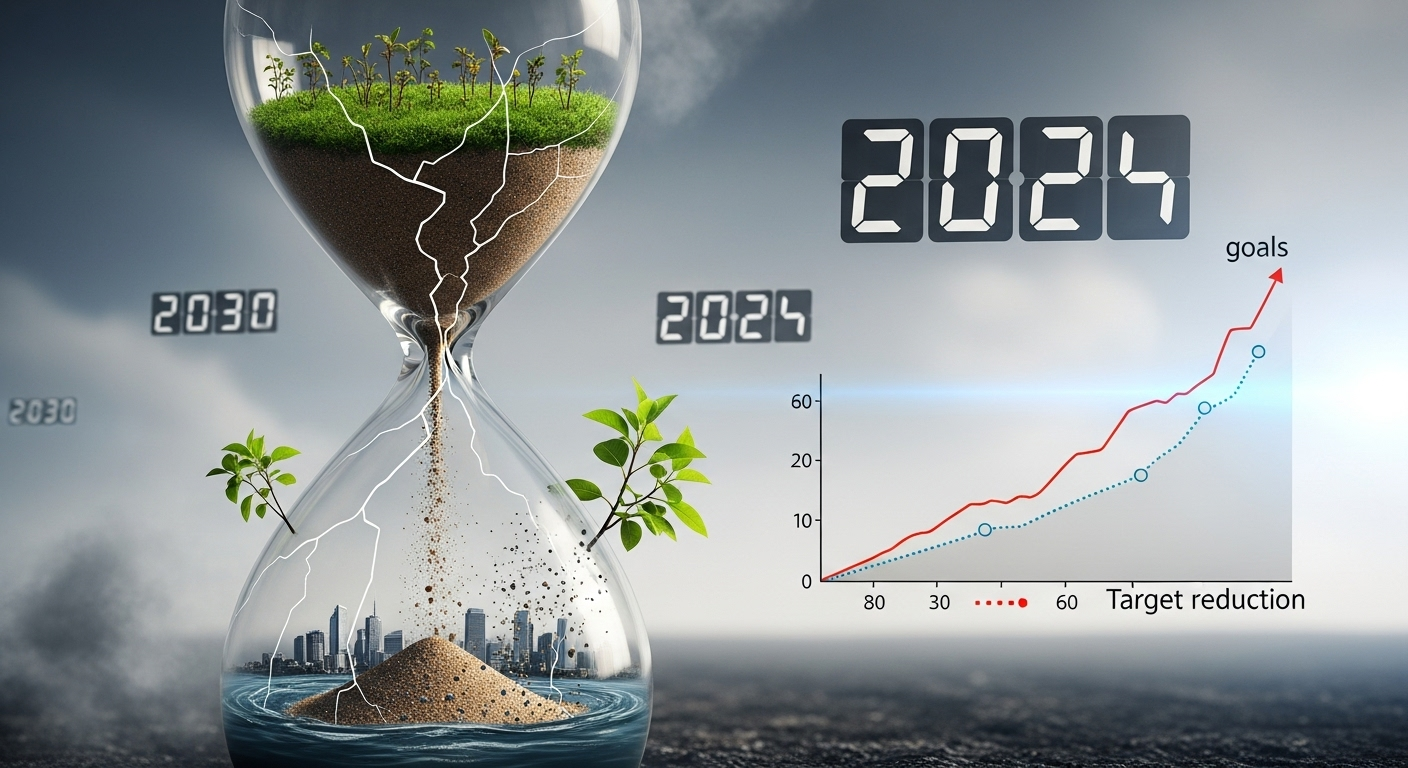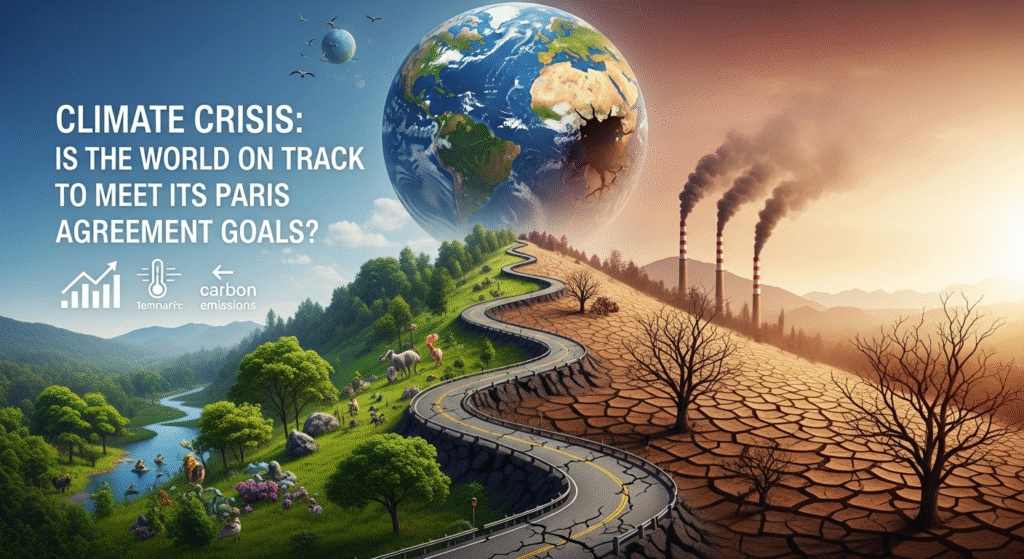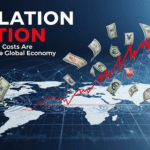Okay, let’s be real. The Paris Agreement. Sounds important, right? Well, it is. But is it working? Are we, as a planet, actually on track to meet those lofty goals of limiting global warming to well below 2 degrees Celsius, preferably to 1.5 degrees? Honestly? It’s complicated. And maybe a little depressing. But hey, at least we’re talking about it, right?
I remember reading about the Paris Agreement back in 2015 when it was first signed. There was such optimism, such a feeling of global unity! World leaders shaking hands, pledging action. It felt like we’d finally turned a corner. Flash forward almost a decade, and… well, let’s just say the handshake photo-ops haven’t exactly translated into the radical changes needed. Play retro bowl. Seriously, where’s the action?
Here’s the thing: it’s not like nothing’s happening. Renewables are booming in some areas – solar and wind are getting cheaper and more efficient all the time. And there’s growing public awareness, especially among younger generations, which I think is a real catalyst for pushing companies and governments to act.
The Paris Agreement: A Quick Refresher

Just to make sure we’re all on the same page, the Paris Agreement is essentially a legally binding international treaty on climate change. It was adopted by 196 Parties at COP 21 in Paris, on 12 December 2015 and entered into force on 4 November 2016. More on it here. The main goal? To limit global warming to well below 2, preferably to 1.5 degrees Celsius, compared to pre-industrial levels. And how do we do that? By countries setting their own emissions reduction targets – known as Nationally Determined Contributions (NDCs) – and then working to achieve them.
Sounds straightforward, right? But here’s where things get tricky.
Analyzing Current Progress: Are We There Yet?
Are we on track? Short answer: No, not really. The frustrating thing about this whole situation is the gap between what’s promised and what’s actually being done. Most countries’ current NDCs simply aren’t ambitious enough to meet the 1.5-degree goal. We need far deeper, faster cuts to emissions. Like, yesterday.
And it’s not just about setting targets; it’s about hitting them. Many countries are struggling to implement the policies needed to actually reduce emissions. Think about it: switching to renewable energy requires massive infrastructure investments, phasing out coal is politically difficult (especially in countries heavily reliant on it), and changing agricultural practices takes time and resources. It’s a complex web of economic, social, and political challenges.
But, wait, there’s something even more interesting here. According to this article on automation, new technologies might assist us in achieving more ambitious NDCs.
Actually, that’s not quite right…it’s more accurate to say we need even bigger changes than the current targets represent! What’s even more mind-boggling (and depressing) is that these commitments are also voluntary and not legally binding.
The Role of Technology and Innovation
I’ve got to admit, this part fascinates me. Technology offers so much potential for tackling the climate crisis. Think about advances in carbon capture, battery storage, sustainable agriculture, and even alternative building materials. Innovation is key, absolutely. But it’s not a silver bullet. We can’t just rely on some future technology to magically solve all our problems. We need to be deploying existing technologies at scale right now, while also investing in research and development for the next generation of solutions.
The private sector has a crucial role to play here. Businesses need to be investing in sustainable practices, developing innovative solutions, and advocating for policies that support a low-carbon economy. Consumers also have a role to play, by making more sustainable choices in their daily lives. It’s a collective effort. And everyone – governments, businesses, individuals – needs to be pulling in the same direction.
Challenges and Opportunities Ahead
So, what are the biggest obstacles standing in our way? One major challenge is political will. Getting countries to agree on ambitious targets and then actually implement them requires strong leadership and a commitment to multilateral cooperation. And that can be tough, especially in a world grappling with other pressing issues like economic instability and geopolitical tensions.
Another challenge is financing. Developing countries need significant financial support to transition to a low-carbon economy and adapt to the impacts of climate change. Developed countries have pledged to provide this support, but the reality is that the money isn’t flowing quickly enough. We need to scale up climate finance and ensure that it reaches the countries that need it most.
But it’s not all doom and gloom. There are also huge opportunities associated with tackling the climate crisis. Investing in renewable energy, green technologies, and sustainable infrastructure can create jobs, stimulate economic growth, and improve public health. It’s a win-win situation. And let’s not forget how technologies like AI can speed up progress. I remember reading this a while back about Germany leading the way on using AI.
FAQ: The Paris Agreement and Our Future
How far off are we from reaching the 1.5-degree target?
Unfortunately, current projections indicate we’re significantly off track. Even if all countries fully meet their current Paris Agreement pledges, we’re still likely to exceed 1.5 degrees Celsius of warming. Studies suggest we’re heading closer to 2.5 to 3 degrees Celsius or even higher by the end of the century, which would have catastrophic consequences. This is why it’s crucial for countries to enhance their NDCs and accelerate climate action.
What happens if we don’t meet the Paris Agreement goals?
If we fail to meet the Paris Agreement goals, we can expect to see increasingly severe and frequent climate impacts, including more extreme weather events (heatwaves, droughts, floods), rising sea levels, loss of biodiversity, and disruptions to food and water supplies. These impacts will disproportionately affect vulnerable populations and exacerbate existing inequalities. It’s not a pretty picture.
How can I, as an individual, contribute to meeting the climate goals?
You might be wondering what one person can possibly do to combat such a massive problem. Here’s the thing: individual actions, when scaled up, can make a real difference. You can reduce your carbon footprint by making sustainable choices in your daily life: using public transport or cycling, reducing your consumption of meat and dairy, conserving energy at home, and supporting businesses that prioritize sustainability. And don’t underestimate the power of advocacy – talk to your friends and family about climate change, support organizations working on climate solutions, and vote for political leaders who are committed to climate action.
Isn’t it too late to prevent the worst impacts of climate change?
While some level of climate change is already inevitable, it’s definitely not too late to prevent the most catastrophic impacts. Every fraction of a degree of warming that we can avoid makes a difference. The faster we act to reduce emissions, the more we can limit the damage and create a more sustainable future. Hope is not lost; we have to act now.
So, where does this leave us? In a slightly messy, complicated, and uncertain place. But also, maybe, with a flicker of hope. The climate crisis: Is the world on track to meet its Paris Agreement goals? Not yet. But the race isn’t over. And every action we take matters.



